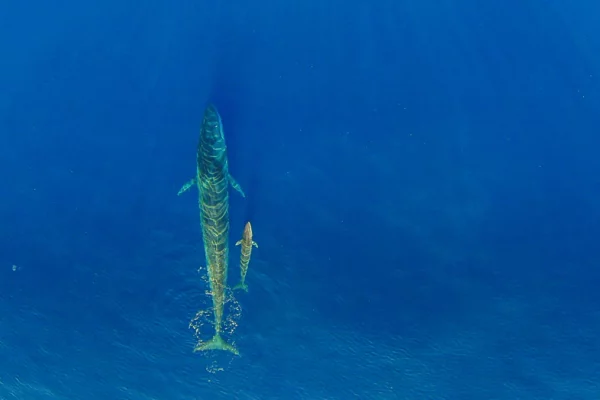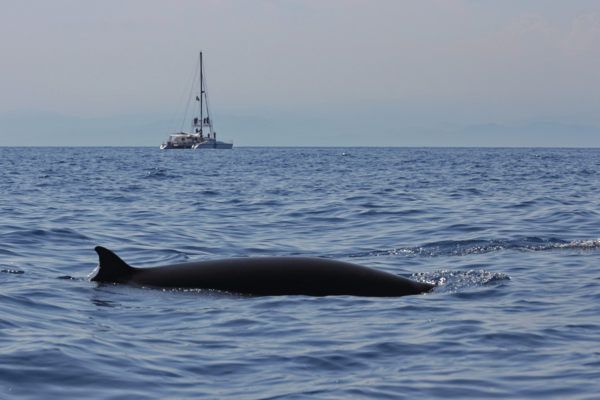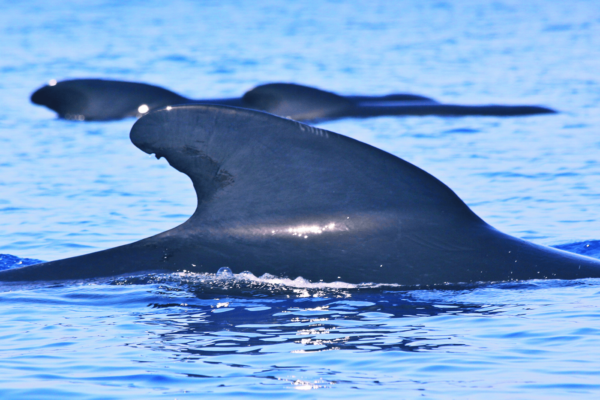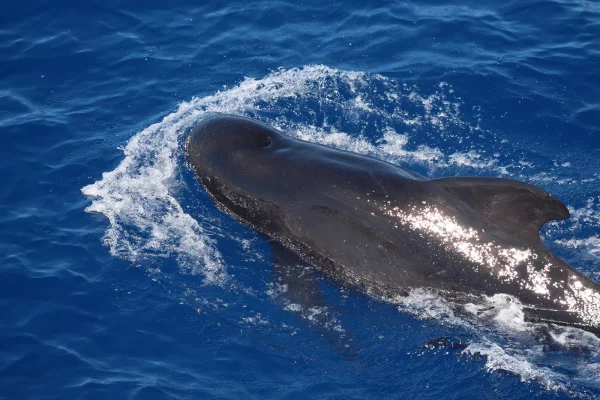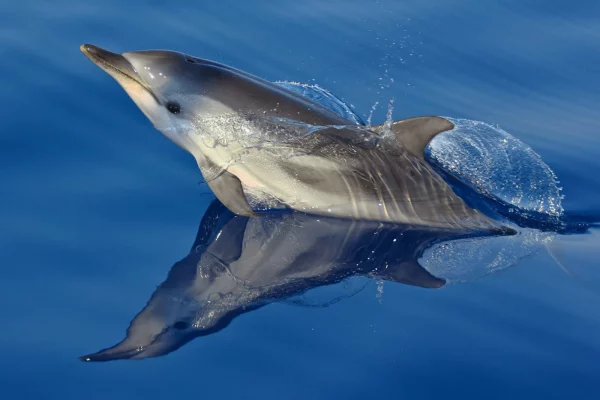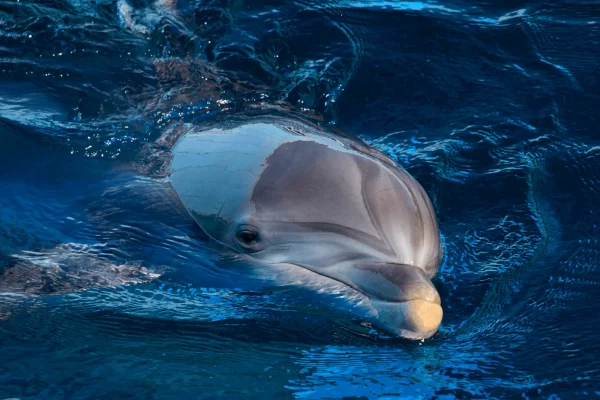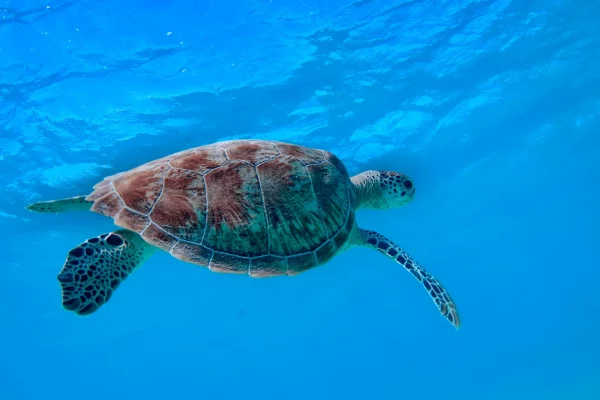An archive of images for Conceptu Maris
Thanks to the contribution of the CIMA foundation we have built a first gallery of images to support the Conceptu Maris project. There are many of the most representative species present in the Mediterranean.
Fin_whale@CIMA_1
A fin whale (Balaenoptera physalus), the largest cetacean in the Mediterranean Sea, which reaches 25 meters in length. A mother with her baby is shot from above with a drone.
Fin_whale@CIMA_2
A fin whale (Balaenoptera physalus), with its blowhole in operation, used for breathing. Photo – CIMA Foundation
Fin_whale@CIMA_3
A Cuvier's beaked whale (Ziphius cavirostris) near a sailboat used for scientific observations. Photo - CIMA Foundation
Fin_whale_wound_propeller@CIMA_4
Detail of the back of a fin whale (Balaenoptera physalus) with scars caused by a propeller. Sometimes these cetaceans are injured by fast-moving boats. One of Conceptu Maris' objectives is to avoid these accidents. Photo – CIMA Foundation
Sperm whale@CIMA_1
A trio of sperm whales (Physeter macrocephalus), filmed from above with a drone. These cetaceans, which reach 18 meters in length, can dive up to 2000 meters deep to hunt large squid.
Sperm_whale@CIMA_2
The large tail of a sperm whale (Physeter macrocephalus), which can reach 4 meters in width, raised out of the water in the moment before a deep dive. Photo – CIMA Foundation
Pilot_whale@CIMA_1
A group of pilot whales (Globicephala melas), cetaceans belonging to the dolphin family, which reach 5 meters in length. They are often seen in large families, because they are very social. Photo – CIMA Foundation
Pilot_whale@CIMA_2
To distinguish individual cetaceans, such as these pilot whales (Globicephala melas), researchers often rely on small differences on the dorsal fin of individual animals. Photo – CIMA Foundation
Pilot_whale@CIMA_3
A pilot whale (Globicephala melas) moving rapidly on the surface. The dark color and spherical head make it immediately recognisable. Photo – CIMA Foundation
Risso's Dolphin@CIMA_1
Detail of the dorsal fin of a rampus (Grampus griseus), a relative of dolphins about 3 meters long, found in the open sea. Photo – CIMA Foundation
Risso's Dolphin@CIMA_2
A Risso's Dolphin (Grampus griseus) taken below the surface. The marks on the body are caused by fights with its peers and by the squid it feeds on. Photo – CIMA Foundation
Striped_dolphin@CIMA_1
A striped dolphin (Stenella striata), a dolphin that reaches 2 meters in length. It is one of the cetaceans most often observed in the open sea and which sometimes accompanies moving boats. Photo – CIMA Foundation
Bottlenose_dolphin@CIMA_1
A bottlenose dolphin (Tursiops truncatus), an adaptable dolphin, up to 3 meters long, which often comes to coastal waters, even close to the shore. Photo – CIMA Foundation
Bottlenose_dolphin@Triton_2
Close-up of a bottlenose dolphin (Tursiops truncatus), with its broad head where the sophisticated biosonar is located, which allows these animals to navigate, hunt and communicate. Photo – F. Tomasinelli/Triton
Beaked whale@CIMA_1
Detail of the head of a beaked whale (Ziphius cavirostris), one of the most difficult cetaceans to spot, due to limited surface activity. It reaches 6 meters in length and dives up to 2000 meters deep. Photo – CIMA Foundation
Green_sea_turtle@Triton_1
A green turtle (Chelonia mydas), a species linked to warm seas that is rarely observed in the Mediterranean. Photo – F. Tomasinelli/Triton



